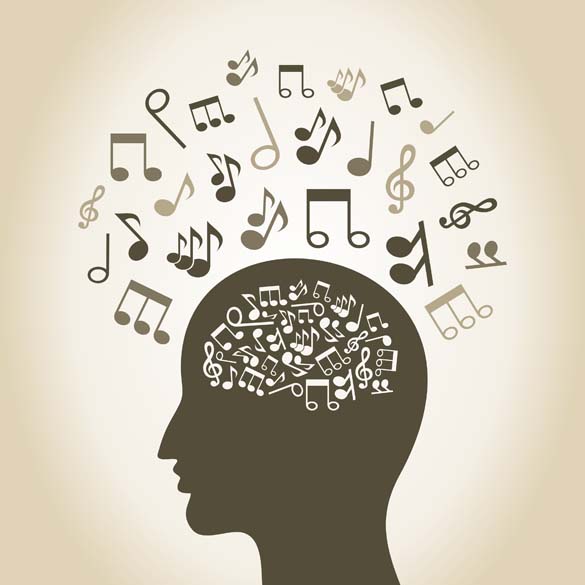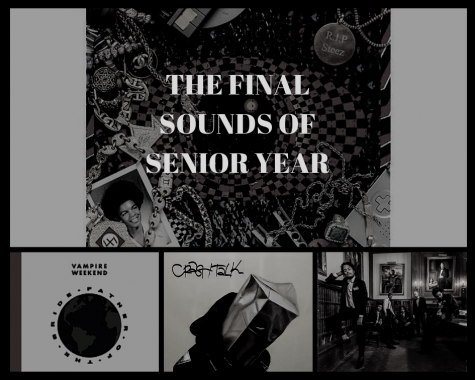The Ways Music Moves Us

Have you ever been pumped up when a certain song pops up on your playlist? Have you ever turned on a sad song when you are going through a tough time with the hope of alleviating the pain? Have you been able to de-stress because of music playing around you? If you answered yes to any of these questions, then you may agree to the following statement: Music moves us in many ways that we don’t comprehend.
Upon listening to music, there is an immediate flow of the neurotransmitter dopamine, which triggers happiness and the feeling of being rewarded. The brain can also anticipate when the most pleasurable part comes on, giving it an early rush of dopamine. The brain also predicts how music “should” sound, creating expectations. How does your brain process music? The auditory system of the brain is used, which processes sound. It is compiled of the peripheral and central auditory systems, which work together to process sound. The peripheral system includes the outer, middle, and inner ear which takes in sound and transmits it to the central auditory system; this actually processes the sound. In particular, the central auditory system, cochlear nucleus, and primary auditory cortex are the central focus of the actual hearing process. Upon receiving the the sound, fluid is created from the cochlear nucleus which travels up to the primary auditory cortices, which are located on both sides of the brain. From there, you are able to hear the music and associate it with an emotion. For example, with songs that are related to sadness, whether it be the lyrics or the sounds that we perceive as sad, one may find him/herself feeling forlorn.
A study that was included in The Neurosciences and Music III: Disorders and Plasticity journal suggests that musical training can influence the brain in improving auditory processing, learning, and memory. This study compared the effects of musical training with children and assessed the structural and functional differences in the brain. The study’s participants were composed of fifteen children who received private keyboard lessons for fifteen months. The control group, or the group that had nothing done to it, did not receive any instruction whatsoever, but participated in a weekly group music class in school. These children were matched up closely and tested for any behavioral differences. It was concluded, from the research, that the children who received the lessons saw improvements in behavior working with their fingers with controlling rhythm. They also saw an improvement in the primary motor area, which is responsible for motor planning, execution, and learning. It was concluded from the study that the children with the fifteen month training saw a greater amount of neuroplasticity, which is the brain’s ability reorganize memories associated with learning.
Personal connections with a song can be one of the reasons why we feel a certain of way while listening to it. Whether it be a song you heard at a party while having a great time at, or a sad song that you were listening to when you were going through a breakup, we as humans find ourselves relating to music. Using association and memories, you are able to “anticipate” what you are going to feel right after or before listening to the song. If you associate a certain sound to a memory you experienced, you are most of the time going to recall it when you listen to the song. You may also find yourself relating to lyrics to a song that is expressing the emotion you are feeling, hence why listening to a sad song can literally “move you to tears.” Association can always be changed and isn’t permanent until you connect a different memory with a song, but this, in itself, would take some time. Either physically or emotionally, it is always safe to say that music will always move us.
Sources: http://gottfriedschlaug.org/musicianbrain.test/papers/Hyde_MusicTraining_BrainPlasticity_nyas_04852.pdf
https://www.ashford.edu/online-degrees/student-lifestyle/how-does-music-affect-your-brain

Q: What's your favorite food and least favorite food? Would you switch them for a day for $1000.
A: I love my mom's spaghetti and I hate mushrooms....






